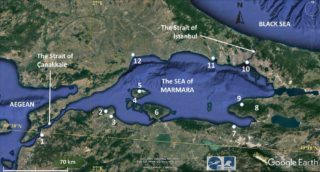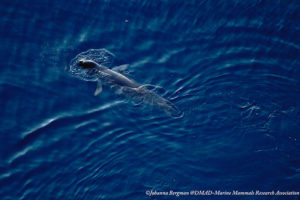Recent Publications
 Noelia Ríos, Matija Drakulic, Iosu Paradinasb, Anastasia Milliou, Ruth Cox. 2017. Occurrence and impact of interactions between small-scale fisheries and predators, with focus on Mediterranean monk seals (Monachus monachus Hermann 1779), around Lipsi Island complex, Aegean Sea, Greece. Fisheries Research 187: 1-10. https://dx.doi.org/10.1016/j.fishres.2016.10.013
Noelia Ríos, Matija Drakulic, Iosu Paradinasb, Anastasia Milliou, Ruth Cox. 2017. Occurrence and impact of interactions between small-scale fisheries and predators, with focus on Mediterranean monk seals (Monachus monachus Hermann 1779), around Lipsi Island complex, Aegean Sea, Greece. Fisheries Research 187: 1-10. https://dx.doi.org/10.1016/j.fishres.2016.10.013
Abstract
Antagonistic interaction between Mediterranean marine mammals, including the endangered monk seal (Monachus monachus), and small-scale fisheries is a growing problem in the Aegean Sea. Effective management measures are needed to ensure both the survival of the monk seal population, and its coexistence with the small-scale fisheries. In this study, data from 371 fishing journeys by 8 different boats was collected between March and November 2014. Evidence of depredation by monk seals was recorded in 19.1% of fishing journeys, by cetaceans in 5%, and by other predators in 16.5%. Analysis of landings data showed that gear and depth were the variables most likely to influence the occurrence of depredation. There was a significant decrease in the catch per unit effort (CPUE) of four of the nine targeted fish species when depredation by monk seals occurred. The total cost of monk seal depredation was estimated to be 21.33% of the mean annual income of fishermen in the Aegean Sea. We discuss how the implementation of marine protected areas and the use of specific fishing gear could reduce the frequency of interactions, and thus mitigate the loss experienced by the fisheries as well as contribute to the conservation of an endangered species.



